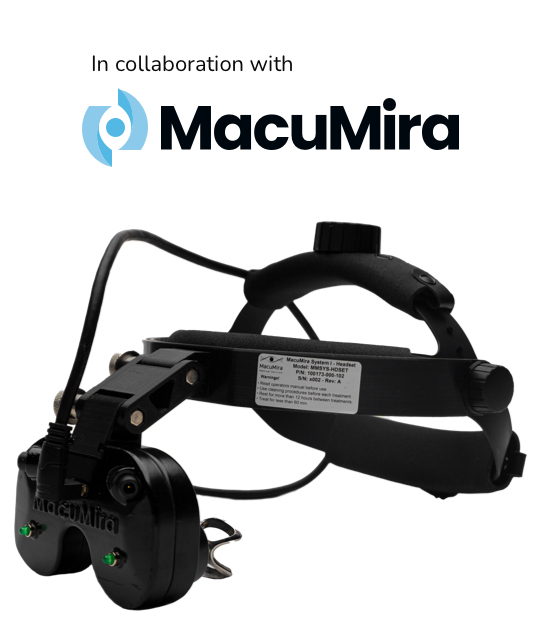With social media becoming an increasingly significant part of our lives, it is imperative for businesses to present themselves effectively on these platforms. Social media is an excellent way for eye care practices to reach out to potential clients, build brand awareness, and create meaningful connections with their existing patients. However, creating a robust social media presence requires more than just opening an account and posting random content. Without a plan, businesses may end up wasting time, and resources, and miss out on important marketing opportunities. In this blog, we’ll explore how eye care practices can build and maintain a relevant and effective social media identity.
Define Your Social Media Goals
The first step in creating a social media identity is defining your goals. What do you want your social media presence to achieve? Are you looking to build brand awareness or generate leads? Are you interested in promoting your services or educating your followers? Once you define your goals, you can plan your content and messaging accordingly.
For instance, vibrant and visually appealing posts can enhance brand awareness, while informative and educational content can position your practice as an authority in the field. Tailoring your posts to align with specific goals ensures that your social media strategy is cohesive and effective. Whether it’s showcasing new frames, sharing patient testimonials, or providing insights into cutting-edge technologies, diversifying your content allows you to cater to different aspects of your audience’s interests and needs.
Define Your Target Audience
Knowing your target audience allows you to identify the type of content that will engage them. Age, gender, location, interests, pain points, and buying behavior are some of the factors to consider when defining your audience. Understanding your target audience can also help you determine the most effective social media platforms to use.
Consider the visual needs of your audience, such as those who may be seeking regular eye exams, contact lenses, eyeglasses, or specialized treatments for conditions like myopia or astigmatism. Understanding the lifestyle and daily habits of your audience can further refine your content strategy; for instance, if your target audience spends extended hours in front of screens, you might tailor content that addresses digital eye strain or offers tips for maintaining eye health in the digital age. By honing in on these intricacies, you can create content that not only resonates with your audience but also positions your eye care practice as a valuable resource catering to their specific needs.
Create a Content Strategy
Developing a comprehensive content strategy for your eye care practice involves more than just identifying content types—it’s about crafting a narrative that establishes a meaningful connection with your audience. Educational pieces can delve into the importance of regular eye check-ups, while eye health tips may address common concerns or preventive measures. Incorporating promotional offers can encourage engagement and drive business, while behind-the-scenes peeks humanize your practice and build trust. Patient testimonials, showcasing positive experiences, add authenticity and build credibility. A well-structured content calendar is indispensable, ensuring a consistent and timely flow of content. This not only keeps your audience engaged but also reinforces your brand presence, positioning your eye care practice as a reliable source of information and services in the ever-evolving landscape of social media.
Focus on Visuals
Eye care practices are visual businesses, and social media platforms are highly visual in nature. Posts with visuals, such as images, infographics, and videos, tend to perform better than text-only posts. Ensure that visuals are high-quality, engaging, and relevant to your audience.
When considering the visual aspect of your content strategy for eye care practices, it’s imperative to explore various formats that leverage the visual nature of social media platforms. Videos, for instance, can offer dynamic insights into your practice, showcasing procedures, introducing your team, or providing educational content in an engaging manner. Static posts with captivating images can highlight new eyewear collections, state-of-the-art equipment, or even feature aesthetically pleasing eye health quotes. Carousels provide an opportunity to present a series of images or tips in a swipeable format, enhancing user interaction. Infographics, with their blend of text and visuals, can effectively communicate complex information about eye conditions or the benefits of specific treatments. Diversifying your content across these formats not only caters to different audience preferences but also maximizes the visual impact, ensuring that your eye care practice stands out in the visually-driven landscape of social media.
Engage with Your Followers
Social media should be a two-way conversation, not just a one-way content dump. Encourage your followers to participate by responding to their comments, hosting contests, answering questions, and seeking feedback. Engaging with your followers builds trust and credibility and can turn them into brand advocates.
This participatory approach transforms followers into active participants, fostering a sense of community and turning them into passionate brand advocates who appreciate the authentic and interactive nature of your eye care practice on social media.
Next Steps
Creating a social media identity is not a one-time activity but an ongoing process. Eye care practices that effectively leverage social media can significantly improve their marketing efforts, attract new patients and retain existing ones. The key to success is developing and executing a comprehensive social media strategy that aligns with your business goals, audience, and content. By following the steps we have outlined, eye care practices can create a robust social media identity that makes them stand out in the online space.
































